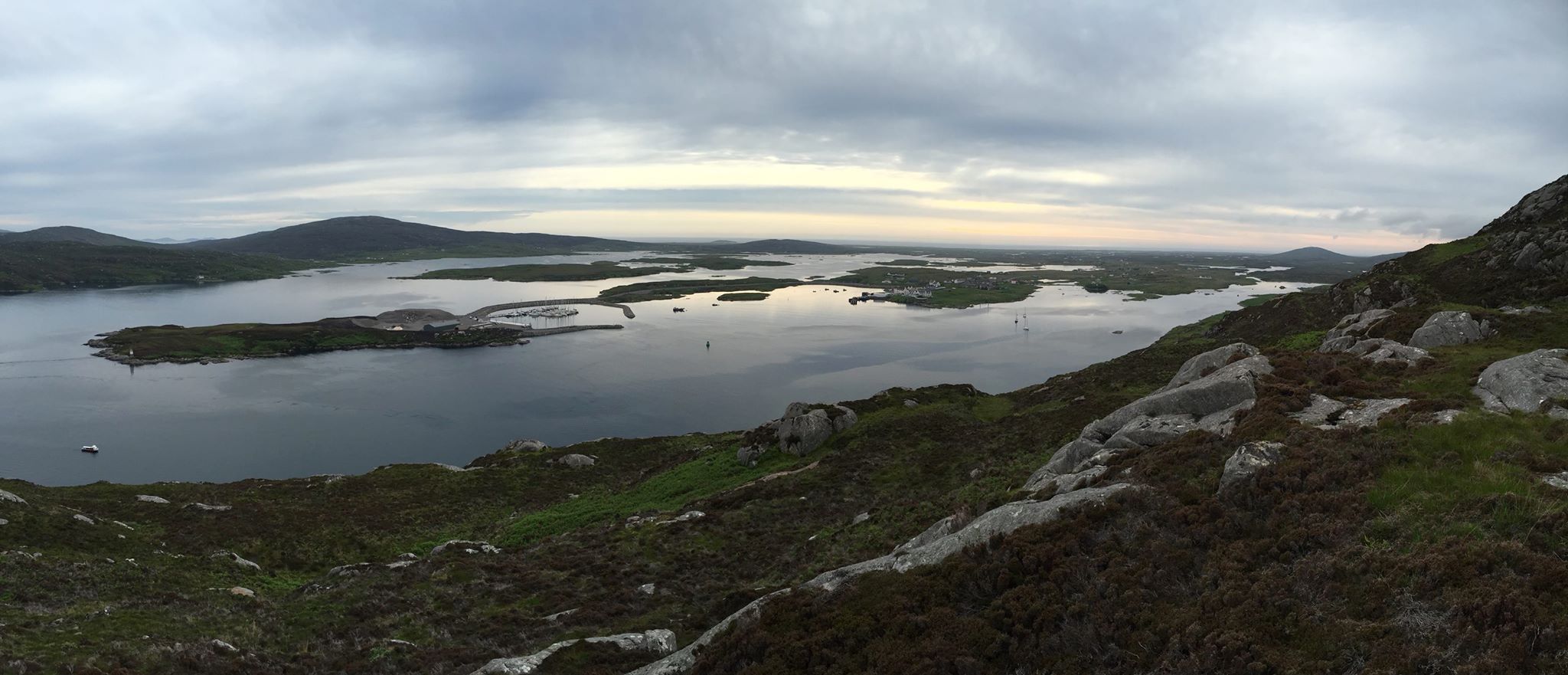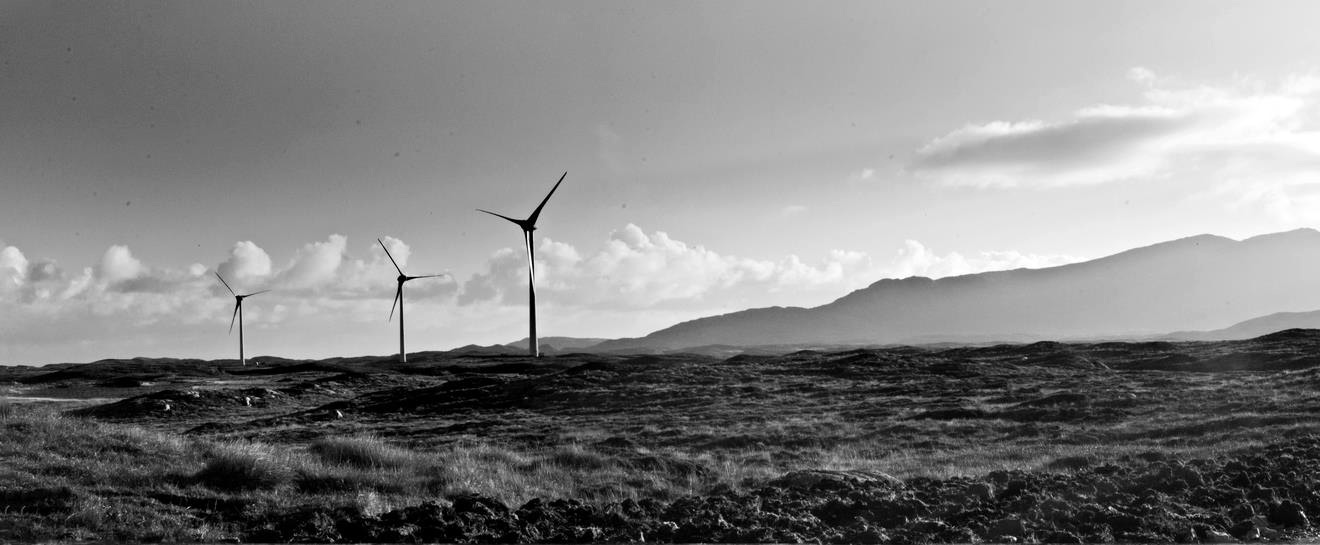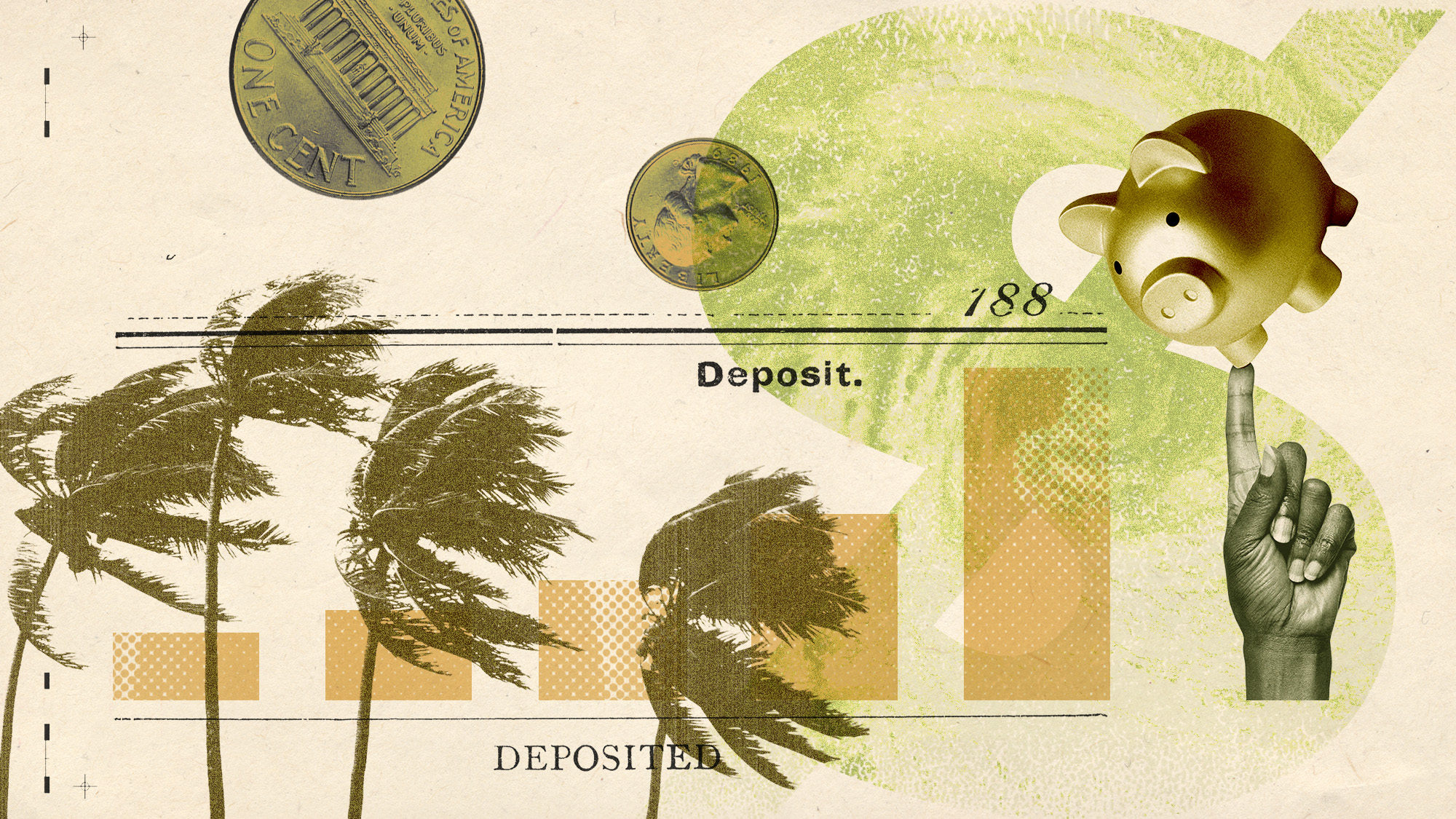Harnessing natural energy in the Outer Hebrides
Lombard has refinanced the wind farm that powers one of Britain’s most remote island communities

For all their beauty, Scotland’s remote islands can be tough places to live and work - but there’s one natural resource communities there enjoy in abundance.
“We in the Western Isles will never run out of wind!” says Mary Schmoller, who chairs Storas Uibhist, the community-owned parent company of South Uist Renewable Energy Limited. The islands are so windy, in fact, that the tourists who come each summer to cycle their length are advised to start at the southern tip of the long, thin archipelago and work their way north, so they have the prevailing wind behind them.
Near the beginning of their journey, they pass through South Uist, where Schmoller’s organisation oversees three large turbines and hopes to erect three more in the near future.
The Week
Escape your echo chamber. Get the facts behind the news, plus analysis from multiple perspectives.

Sign up for The Week's Free Newsletters
From our morning news briefing to a weekly Good News Newsletter, get the best of The Week delivered directly to your inbox.
From our morning news briefing to a weekly Good News Newsletter, get the best of The Week delivered directly to your inbox.
The zero-carbon future
Global warming is a reality: the Intergovernmental Panel on Climate Change says world carbon emissions must fall to zero by 2050 to avoid what could become a global catastrophe. The UK has set a target of being a net-zero emissions nation by that year.
The concept of “net zero” means the country will not be entirely carbon-free even when the target has been met. Some emissions will be offset by tree-planting and other carbon-reduction techniques.
Yet progress has already been made: the world’s largest offshore wind farm - the Hornsea One turbines, off the coast of Yorkshire - came online in February and will eventually provide power to more than a million homes. And 2019 is on track to be the first year in which renewables and nuclear overtake gas and coal-fired power stations in generating electricity for the UK as a whole.
A free daily email with the biggest news stories of the day – and the best features from TheWeek.com
There’s a particular impetus behind the adoption of wind energy in the Uists: the islands have been identified by the Scottish government as one of the places in Scotland most vulnerable to rising sea levels.
As part of her work with the parent company of South Uist Renewables, Storas Uibhist, Schmoller has been looking at ways to defend the coastline against the encroaching tide. “We have huge work to do to protect our land,” she warns.
It seems fitting - and encouraging - that a community at the sharp end of climate change could generate money to fund projects intended to reduce its effect through wind power.

A wind-powered island
The three 2.3-megawatt turbines at Loch Carnan on South Uist, which came online in 2013, are a major driver for the local economy. They are “the main cash cow” for the island, says Darren Taylor, the chief executive of Storas Uibhist.
Unusually, the turbines are owned by the local community. Using grants from the Scottish government and lottery funding, local residents grouped together to buy the island for themselves from a previous private landlord when it came up for sale in 2006. Then they built the turbines.
The energy they generate is sold to the national grid and the income is divided between various companies in the Storas Uibhist family, all of which work to support the community of residents.
“Getting an island might sound great,” says Schmoller, “but there are lots of upkeep expenses. The windfarm helps us look after the rest of the estate.” Income from the turbines paid for a new marina, which was completed in 2017, and will fund a new ferry port, due to be finished by 2023.
Earlier this year, Lombard came on board to support the refinancing of the turbines. “Lombard were competitive - and they were willing to come out to the island and look,” says Schmoller. “We bank with RBS [which together with Lombard is a member of NatWest Holdings Limited], so it made sense to go with Lombard for the refinancing.”
Lombard relationship director Bryan Fashola was keen to support a project that was so integral and beneficial to the community, working closely with South Uist Renewables director Duncan Aitken to find the right financial solution.
Decarbonising the economy
- Podcast
Beyond zero-carbon
Listen to podcast
- Insight Report
Funding the zero-carbon future
Download now
- Age of Disruption
Embracing business agility in an ever-changing world
Learn more
Future challenges
Since buying their own island, the islanders have “been ambitious and delivered two massive projects”, says Schmoller.
Having built the wind farm and marina, they now have the appetite for more. “We would like to work with Lombard on another three turbines, but we need to get past the Ministry of Defence first,” says Schmoller. “We are limited in where we can site turbines because of their impact on radar systems.”
Another issue is the limit on how much power the islanders can send back to the mainland. “What we don’t have is a sufficient interconnector and grid system to take what we generate south,” says Schmoller.
Earlier this year, the energy regulator Ofgem rejected proposals for a 600-megawatt subsea cable from the Western Isles to the Scottish mainland, saying it had concerns about the cost to consumers, essentially because not enough wind power is being generated on the islands to justify the link.
This is something of a Catch-22 situation for the islanders, says Schmoller, as there’s little incentive to add extra capacity and generate power that cannot be sold. “It’s the interconnector and the grid that are the real critical investment,” she says.

To find out how Lombard could help your business or to get a free quote, visit Lombard.co.uk, call us on 0800 502 402, or text Relay 18001 0800 502 402
Security may be required. Product fees may apply. Finance is only available for business purposes
-
 Magazine solutions - December 12, 2025
Magazine solutions - December 12, 2025Puzzles and Quizzes Issue - December 12, 2025
-
 ECHR: is Europe about to break with convention?
ECHR: is Europe about to break with convention?Today's Big Question Keir Starmer calls for European leaders to ‘push for modernisation of interpretation’ of 75-year-old asylum laws in bid to counter populist right
-
 Normalising relations with the Taliban in Afghanistan
Normalising relations with the Taliban in AfghanistanThe Explainer The regime is coming in from the diplomatic cold, as countries lose hope of armed opposition and seek cooperation on counterterrorism, counter-narcotics and deportation of immigrants
-
 Why the catastrophe bond market is growing
Why the catastrophe bond market is growingThe Explainer The bonds pay for climate change disaster damages
-
 Why are home insurance prices going up?
Why are home insurance prices going up?Today's Big Question Climate-driven weather events are raising insurers' costs
-
 Christmas trees: losing their magic?
Christmas trees: losing their magic?In the Spotlight Festive firs are a yuletide staple but are their days numbered?
-
 The ocean's blue economy is growing. Can the tide continue to rise?
The ocean's blue economy is growing. Can the tide continue to rise?The Explainer The big blue is bringing in the green
-
 What is greenhushing?
What is greenhushing?Speed Read A new trend has companies keeping quiet about what they're doing to combat climate change
-
 Why fashion may never be sustainable
Why fashion may never be sustainableSpeed Read And should we even believe it if we see it?
-
 Autos: Fast-tracking the electric future
Autos: Fast-tracking the electric futurefeature Will the transition to electric vehicles go smoothly?
-
 Climate change is extending the tax season
Climate change is extending the tax seasonSpeed Read
